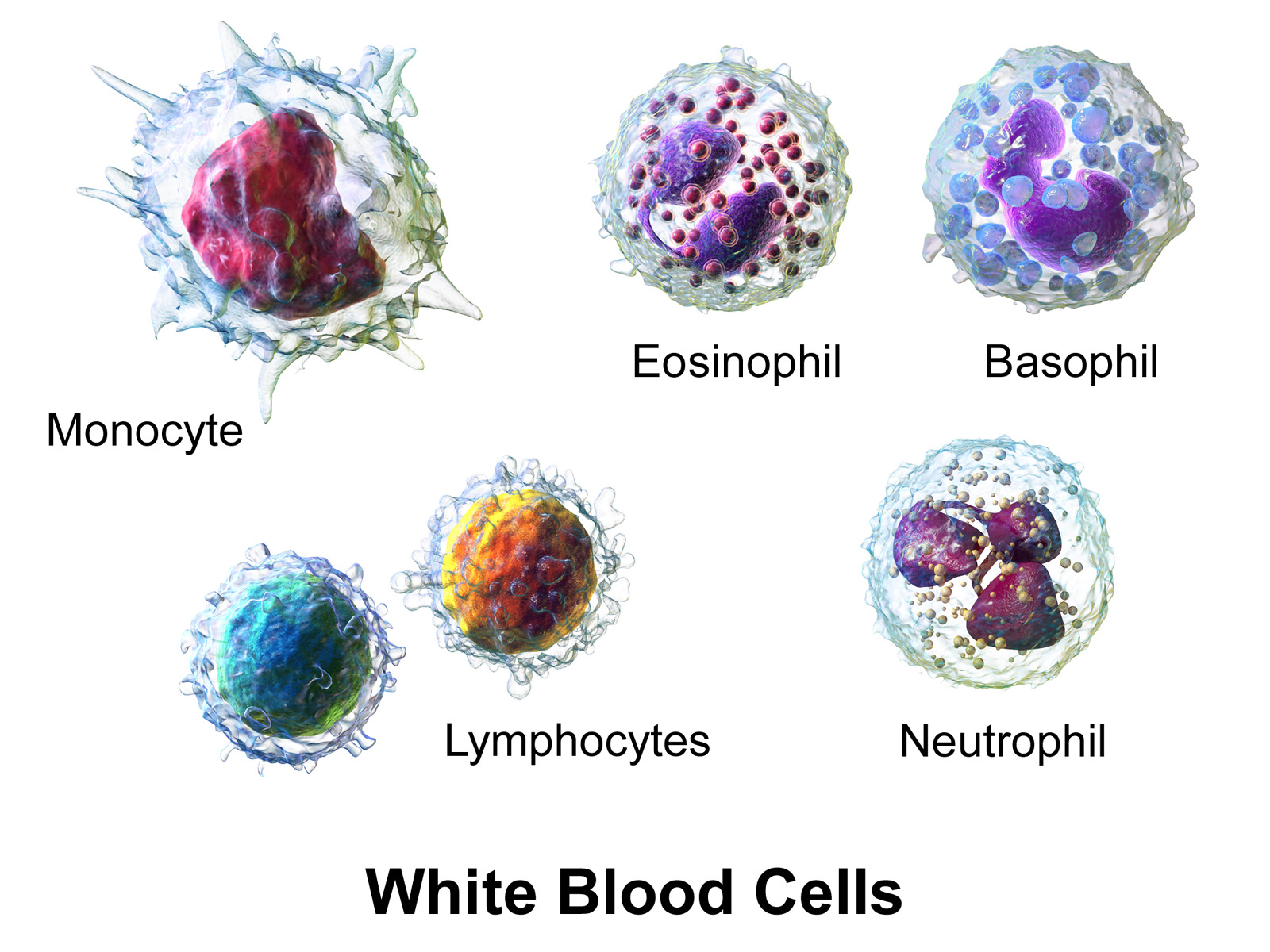Playlist
Show Playlist
Hide Playlist
Migration of Central Memory and Effector Memory T-Cells – Lymphocyte Recirculation and Homing
-
06 Slides Lymphocyte Recirculation and Homing.pdf
-
Reference List Immune System.pdf
-
Download Lecture Overview
00:01 We can differentiate different types of T-cell depending on whether they have encountered antigen or not and their location. 00:12 And we can divide them into what are called central memory and effector memory T-cells after they have encountered the antigen. 00:21 So here we can see in a lymphoid tissue, a naïve T-cell, in other words one that has not yet encountered antigen. 00:29 But you will also see that there is a dendritic cell entering that lymphoid tissue and that dendritic cell may well be carrying antigen that the naïve T-cell is specific for. 00:40 At this early stage in its development, the T-cell has a number of different cell surface molecules present that can define it as being a naïve T-cell. 00:52 So for example, it has a particular splice variant of the molecule CD45. 00:58 And this splice variant is called CD45RA. 01:02 So these cells are CD45RA positive (CD45RA+). 01:07 An alternative splice variant of CD45 is called CD45RO. 01:12 And these cells, these naïve T-cells do not express that variant. 01:16 So they are CD45RO negative (CD45RO-). 01:20 They also express to other important molecules, the adhesion molecule CD62L. 01:28 And we’ve already mentioned that they express the chemokine receptor CCR7. 01:35 Following their activation, these naïve T-cells develop into effector cells, but some of them also develop into these all important memory cells that are required for the adaptive immune response and the secondary immune response that is so characteristic of the adaptive immune response. 01:56 These T-cells will initially be within the lymphoid tissues, and they will sit there and we refer to them as T central memory cells; central because they’re actually within the lymphoid tissues. 02:12 They now express the CD45RO splice variant of CD45. 02:19 So they are CD45RA-, CD45RO+. 02:25 They continue to express CD62L and CCR7. 02:33 However they don’t have to stay in the lymph nodes, they can move to peripheral tissues. 02:39 And when they do this, they can reside in those peripheral tissues as T effector memory cells. 02:47 So if an infection occurs again with the same pathogen, there’s some memory T-cells that are already in the locations that that infection may occur in. 02:57 You don’t have to wait for them to come from the lymph nodes. 03:00 There’ll be some there as T central memory cells, but there’ll also be some that are actually going to be already there in the location that you need them. 03:07 So they’re ready to go and can be immediately responsive to the antigen. 03:13 And these cells are characteristically CD45RA-, CD45RO+, and they lack expression of CD62L and CCR7, because they don’t need those molecules anymore because they’re already in the peripheral tissues. 03:31 And then following activation by re-encounter with the same pathogen leading to a secondary immune response, they’ll develop into T effector cells that are CD45RA+ now, lose expression of CD45RO and maintain the absence of CD62L and CCR7.
About the Lecture
The lecture Migration of Central Memory and Effector Memory T-Cells – Lymphocyte Recirculation and Homing by Peter Delves, PhD is from the course Adaptive Immune System.
Included Quiz Questions
Central memory T cells characteristically express which of the following cell surface markers?
- Central memory T cells express CD45RO, CCR7, and CD62L.
- CD45RO
- CCR7
- CD62L
- Central memory T cells do not express CD45RO, CCR7, or CD62L.
CD45RA is primarily expressed by which of the following types of T lymphocytes?
- Naïve T cells
- Helper T cells
- Central memory T cells
- Effector memory T cells
- Regulatory T cell
Which of the following options MOST ACCURATELY compares the cell surface markers on central memory T cells and effector memory T cells?
- Central memory T cells are CD62L+ and CCR7+, while effector memory T cells are CD62L- and CCR7-.
- Central memory T cells are CD62L- and CCR7-, while effector memory T cells are CD62L+ and CCR7+.
- Central memory T cells are CD45RA+ and CD45RO+, while effector memory T cells are CD45RA- and CD45RO-.
- Central memory T cells are CD62L- and CCR7+, while effector memory T cells are CD62L+ and CCR7-.
- Central memory T cells are CD45RA+ and CCR7+, while effector memory T cells are CD45RA- and CCR7-.
Customer reviews
5,0 of 5 stars
| 5 Stars |
|
5 |
| 4 Stars |
|
0 |
| 3 Stars |
|
0 |
| 2 Stars |
|
0 |
| 1 Star |
|
0 |





